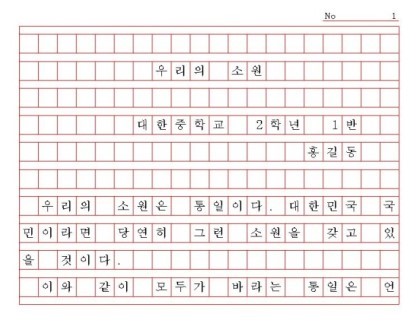Compared two editing forms, documentary editing and critical editing, the former has a historical perspective on dealing with text as a relic, thereby emphasizing the author’s intention and strengthening his authority. The latter, on the other hand, focuses on the current context in which the article is being read, so the author’s authority is reduced while at the same time the editor gets transferred some of it. In other words, each has its pros and cons. For the former, it opens wide possibilities for the reader to interpret the content because it is aimed at faithfully conveying the original to the reader. However, in the obsessive process of pursuing to seek the author’s intentions, there can be some sanctification of the original. The latter, meanwhile, has the advantage of enabling past and present to be connected and helping readers understand through modernized versions. However, at the same time, the fact that the understanding is the result of reinterpretation by the editor as an actor within society may cancel out the advantage.
In this regard, I don’t mean to be imperative, but editors may need to be wary of the possibility of reflecting their intentions while successfully reflecting the modern context to the original. I am aware of that the emergence of numerous subjective voices resulting from the development of the media is an inevitable phenomenon in modern society. I also know that being in a ‘completely neutral’ position is almost impossible. Therefore, I think it is necessary to reexamine the collective intelligence aspect of the ‘critic’ that the critical editing form has. Editing in modern society is done through collaboration and interaction among many parts. I think this process will make communication and reflection possible and move future knowledge away from being ideological in the renewed way.



